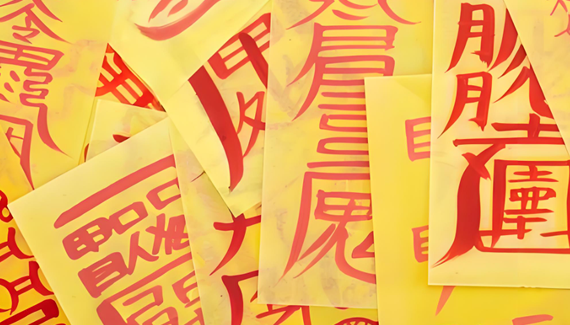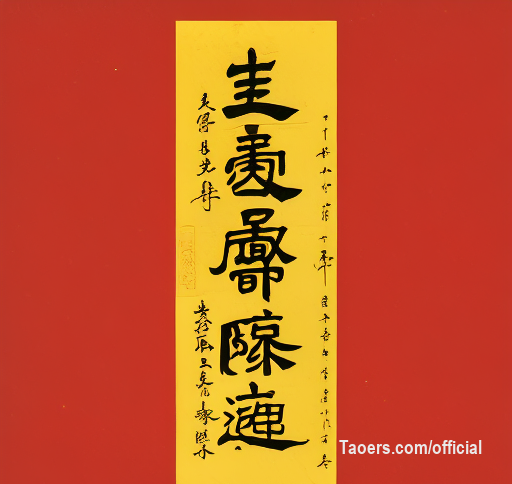The Tao Te Ching (道德經), also spelled Dao De Jing, is a fundamental text for both philosophical and religious Taoism. It is traditionally attributed to Laozi (老子), a sage reputed to have lived in the 6th century BCE, although the actual date of its composition and authorship is a matter of scholarly debate.
Here are some key points about the Tao Te Ching:
-
Structure: The text is composed of 81 chapters, which are a mix of poetry and prose. The chapters are concise and often enigmatic, encouraging deep contemplation and interpretation.
-
Themes: Central themes include the concept of the Tao (道, the Way), wu wei (無為, non-action or effortless action), simplicity, humility, and the duality of opposites (yin and yang). It teaches that harmony with the Tao can bring about balance and tranquility in one's life.
-
Tao: The Tao is often described as the ultimate principle that is the source of all existence. It is ineffable and cannot be fully expressed in words. The text emphasizes living in accordance with the Tao, which involves aligning with the natural flow of the universe.
-
Wu Wei: This concept encourages action that is in harmony with the natural order. It advocates for minimal effort and resistance, suggesting that the best way to handle situations is often through a kind of non-interference or effortless action.
-
Influence: The Tao Te Ching has had a profound influence on Chinese culture and philosophy, and it has also inspired numerous interpretations and translations worldwide. Its teachings extend beyond Taoism and have impacted other schools of thought, including Confucianism, Buddhism, and various forms of Chinese medicine and martial arts.
-
Translations and Interpretations: Due to its poetic and ambiguous nature, the Tao Te Ching has been translated many times, each offering different nuances and insights. Its wisdom is often applied to various aspects of life, including leadership, personal development, and spiritual practice.





